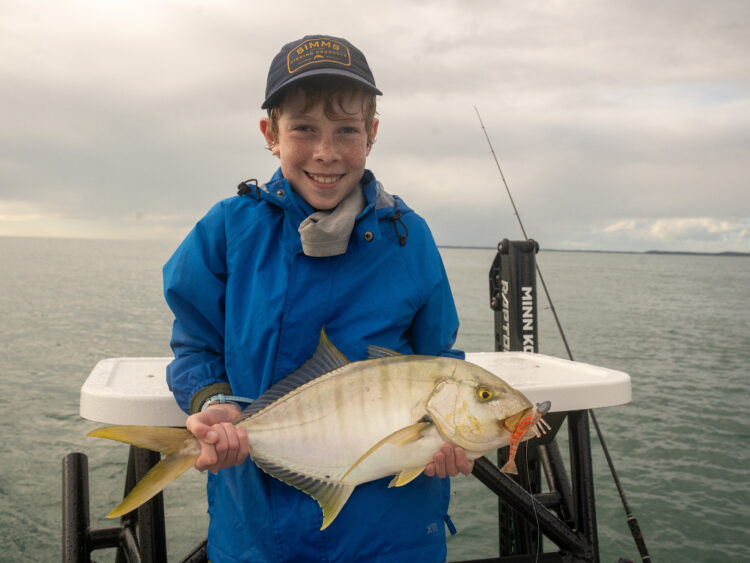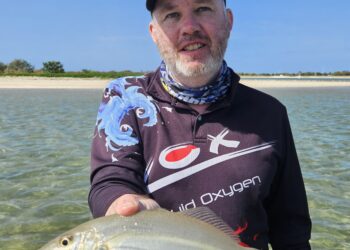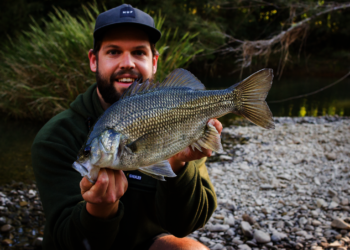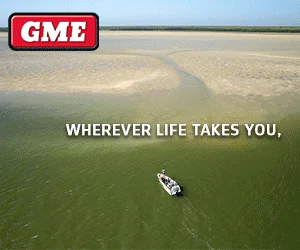Prawns have been described as the cockroaches of marine environments. These abundant invertebrates form a major part of the diet of a wide range of fish, and they are fast breeding and very resilient.
In south east Queensland from late summer through autumn in southern Moreton Bay there is a run of banana prawns, and when the prawns are on they are a major target for many boaties.
The prawn schools are easily located with a good echo sounder and can be in shallow water less than a metre or as deep as 20 metres.
Using a good cast net designed to catch prawns only, it hasn’t been too hard to fill a 10 litre bucket (the allowable bag limit per person) in less than an hour when you find the schools.
This isn’t too hard as you will see crowds of boats throwing cast nets from a considerable distance. One good throw can catch you up to 2 kilos of prawns or better. Most of these prawns are between 10 and 20cm long. Unlike a normal cast net used for catching mullet and other baitfish, a prawn cast net has a series of pockets up near the top of the net. The fish generally fall out the bottom whereas the prawns flick their way to the top of the net, being caught in the upper pockets. There is surprisingly little by-catch when using these nets.
One of the surprising things about the banana prawn run is that there is actually not too many predatory fish around the prawn schools during the prawn run.
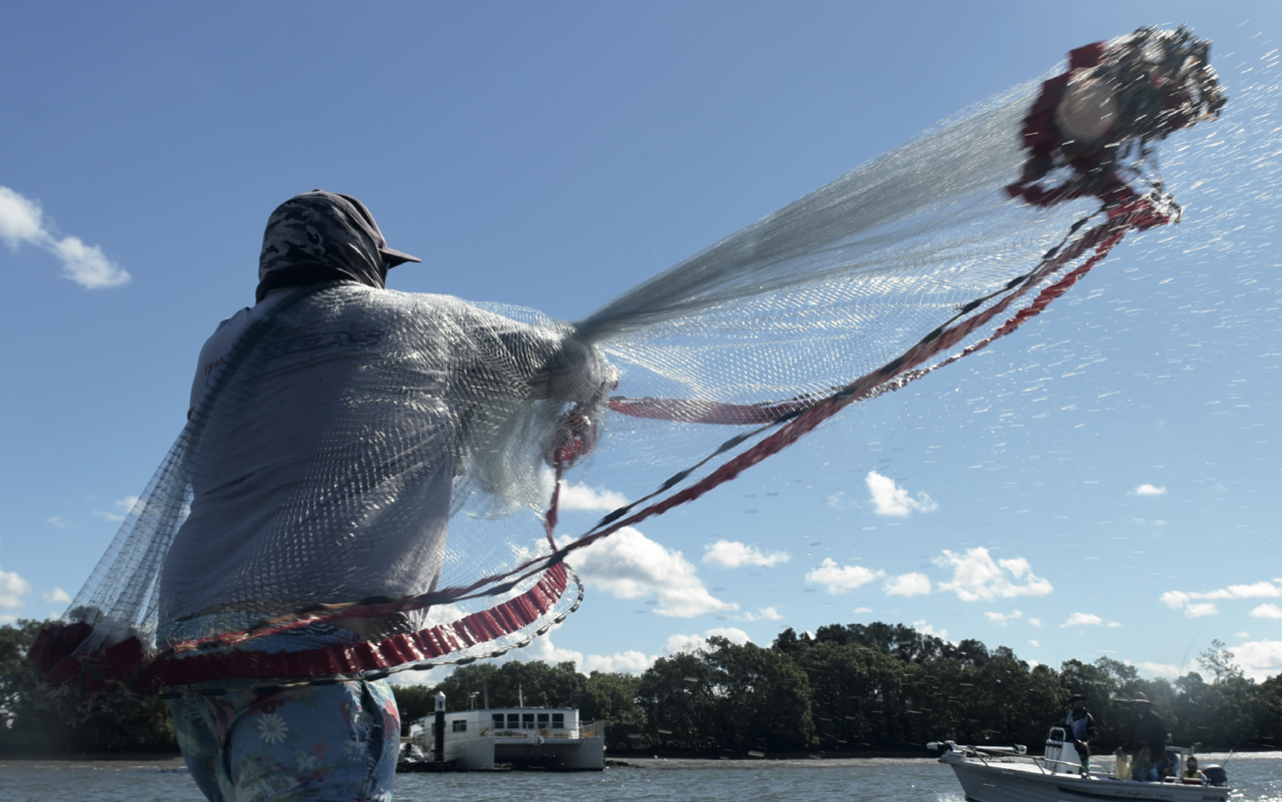
Fishing near the prawn schools using live prawns produces a few mulloway, the odd threadfin salmon and bream and flathead, but it isn’t really exceptional. It’s probably the same phenomenon as watching a fat cat in a mice plague, they probably can’t fit another one in!
In a paradox, when the prawn season ends and the water cools down, the fishing generally improves. By this stage most of the keen prawners have a freezer stacked with banana prawn tails, their shoulders are quite sore from throwing the net and the net is washed and stored in the shed for about 8 months. A good season produces amazing numbers of prawns!
From a fishing point of view prawns are very much a universal bait for most estuary fish, and the range of good prawn imitation lures on the market has greatly increased in recent years.
I’ve spent a lot of time fishing with prawn imitations, mainly targeting flathead. Prawns behave very differently to fish, and their movement through the water is either a slow straight swim or a series of rapid flicks used to escape predators. Prawns spend most of their time on the bottom. Whereas a swimming baitfish like a mullet is best imitated with a hard bodied lure, a vibe or a paddle tail soft plastic, a prawn lure doesn’t really need any inherent action. Using prawn lures effectively is all about how you work it with the rod.
I’ve been using a few different prawn lures over the past few months and after a bit of practice worked out a good retrieve. I like to use the Zerek Absolute shrimp, the Chasebait Flick Prawn and the smaller Zerek prawn on my light outfit. While you will catch a few fish either slow rolling or even dead sticking these lures so they sit on the bottom, I’ve found that by using a fast action rod and giving the prawn a decent upward rip followed by a long pause my results have improved greatly.
You need a fast action rod with good feel, as most of the bites come as the lure sinks back down on a slack line. With a good fast action rod and light braid you can feel bites on a slack line, and this is when you need a good stiff tip to set the hook.
My favourite rod for this is a Loomis NRX 802 that I’ve owned for many years and is one of my all-time favourite flathead and jack rods and is also quite a nice light barra rod.





